Life Finds A Way: Radiation Eating Fungus on the ISS
In the film, “Jurassic Park,” Ian Malcolm, played by Jeff Goldblum, infamously says “Life finds a way.” There is no better example of nature finding its way than the thriving wildlife at the site of the world’s largest nuclear plant meltdown in Chernobyl, Ukraine. Science Times reported several years ago that Chernobyl is now a nature reserve with stronger wildlife populations than before the accident happened in 1986. But what is even more interesting is the radiation eating fungus found at the side in the 90s.
The fungus found at Chernobyl, known as Cryptococcus neoformans, feeds on the radiation and turns it into energy in a process known as radiosynthesis, similar to plants converting carbon dioxide and chlorophyll into glucose and oxygen. The fungus has flourished due to the radiation which over the years has inspired several experiments on how the radioactive eating fungi functions and can be utilized to advance human knowledge and progress.
The most recent study was published this August on bioRxiv and though it has yet to be peer-reviewed, the study shows some promising results. The study, titled “A Self-Replicating Radiation-Shield for Human Deep-Space Exploration: Radiotrophic Fungi can Attenuate Ionizing Radiation aboard the International Space Station” brought some of this fungi on a Space X mission in 2018 to the International Space Station with approval from NASA. The scientists on the study hypothesised that the fungus could help prevent radiation exposure for astronauts. The results did indeed show some promise that the fungus can be used as a shield. The fungus at 1.7mm thick lessened radiation by 2.17%. The study’s researchers suggest that a 21cm thick layer could almost negate the radiation on a Martian environment. This is a very encouraging result that could present a solution to one of many scientific roadblocks NASA faces before attempting a trip to Mars.
Before humanity will be able to survive on the moon and mars, humanity must overcome many technical challenges, like radiation, before it is safe for a long lasting outpost on another planet or moon. Here on earth we are largely protected from radiation because of our atmosphere and magnetic field. Astronauts in space do not have this luxury and can lead to various health problems. Similarly, Mars does not have the same Atmosphere as earth. Thus, for both of these reasons, NASA has been actively seeking a solution for decades. This fungus shows promising results for being used as a form of “Passive Radiation Shielding” which uses multi-layers of multi-materials to shield astronauts from radiation exposure. This fungus will be interesting to keep an eye on. Nature can sometimes survive and thrive in spite of radiation, but a fungus that thrives on radiation is truly remarkable.
So we finish as we began, with a Jeff Goldblum quote, “If there's one thing the history of evolution has taught us, it's that life will not be contained. Life breaks free, it expands to new territories, and crashes through barriers painfully, maybe even dangerously.”
Be on the lookout for more Biology and Planetary Science coming from GUSI. For now check out this article by Evan Navori.
Joshua Bell is a Georgetown Alumni from the SFS and is now a graduate student studying Applied Intelligence. He is a Co-President and Co-Founder of the Georgetown University Space Initiative.

